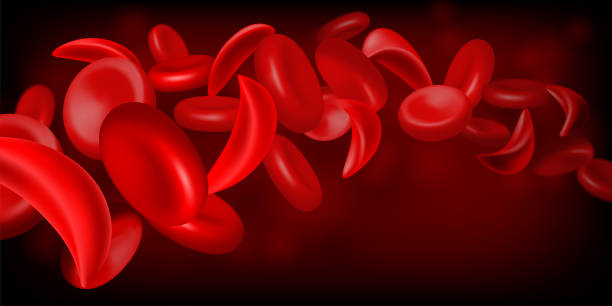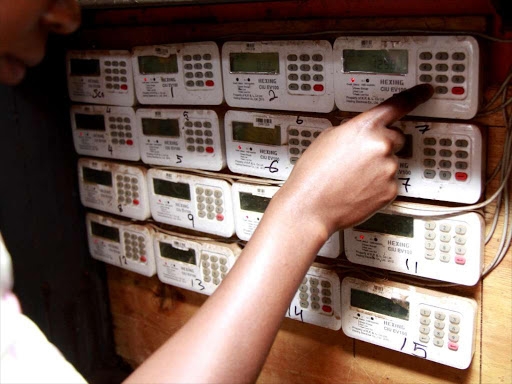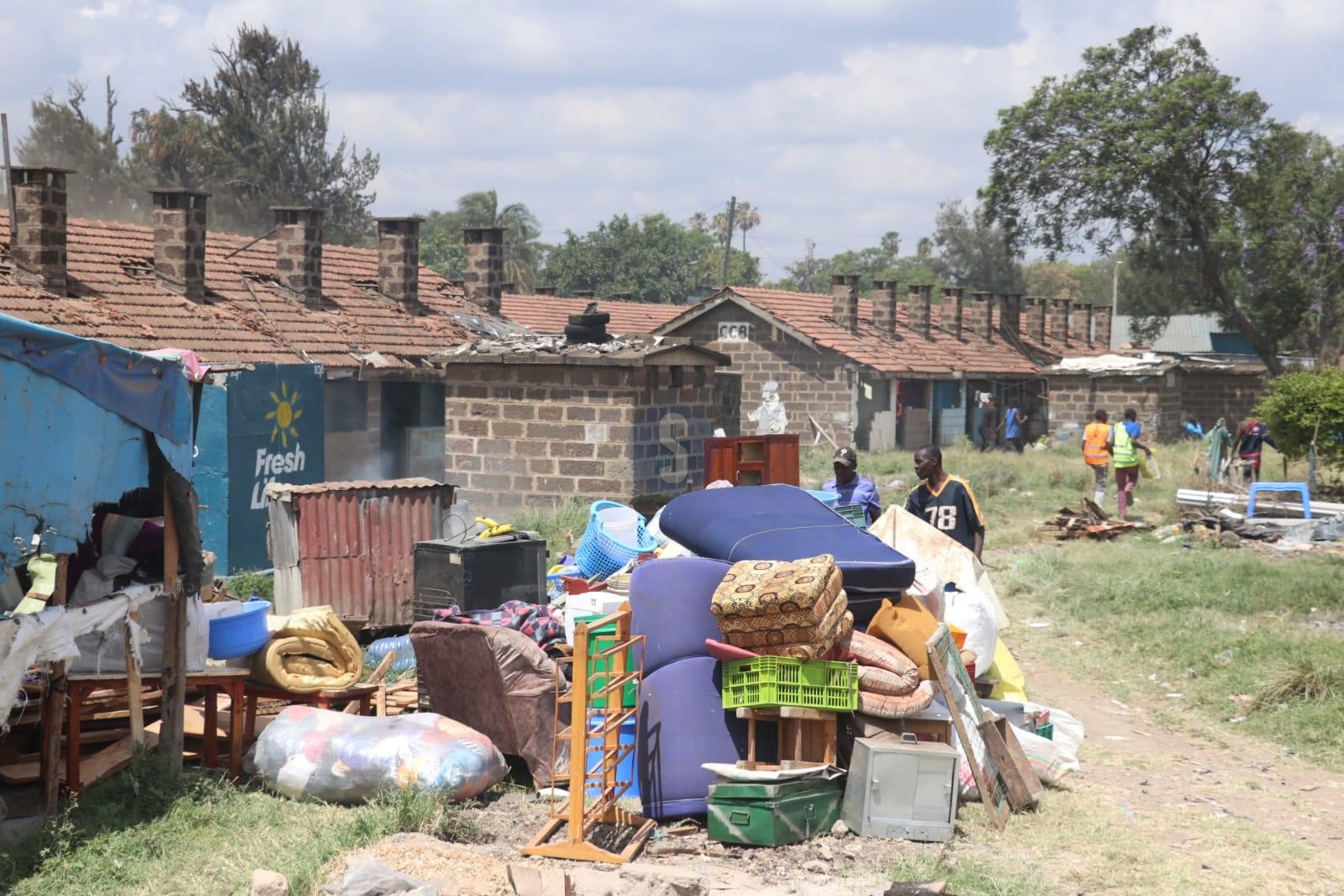
 Sickle Cells illustration
Sickle Cells illustration
Yet despite its severity, Sickle Cell Disease (SCD) remains largely underreported and poorly understood by the public.
SCD is a genetic blood disorder that affects how red blood cells work in the body. In people with SCD, the red blood cells become stiff and sticky, taking on a crescent or sickle shape, rather than soft and round.
These abnormal cells can block blood flow, leading to pain, infections and other health complications. It is a group of inherited conditions affecting hemoglobin, the protein that carries oxygen in red blood cells.
SCD is not contagious, but it is inherited.
Every year, Kenya joins the rest of the world to mark Sickle Cell Disease Day.
The day is marked on June 19 of every year to raise awareness and increase public knowledge and understanding about the disease.
This year, the day was organised under the theme, "Global action, local impact: Empowering communities for effective self-advocacy."
What causes Sickle Cell?
Since SCD is inherited, this means it is passed from parents to children through genes. A person needs to get the sickle cell gene from both parents to have the disease.
If they get the gene from only one parent, they don’t get the disease but become carriers which means they can still pass the gene to their children.
The condition affects hemoglobin, the part of red blood cells that carries oxygen. The abnormal cells don’t live as long and can block blood vessels, which causes pain and lowers the amount of oxygen the body gets.
In Kenya, it is estimated that between 6,000 and 14,000 babies are born with SCD annually, according to the Ministry of Health (MOH) areas like western and coastal regions have more cases of SCD.
This is partly because
of the link between the sickle cell trait and protection against malaria, which
is common in those regions.
How it affects the body
The disease can cause a range of symptoms. Some people have mild cases, while others suffer more frequently.
Common problems include severe pain episodes (known as sickle cell crises), fatigue, frequent infections, swelling in hands and feet, delayed growth in children, Jaundice (yellowing of the eyes and skin) and stroke in severe cases
According to a report from the Ministry of Health (Kenya), the pain episodes can be difficult, especially for children. They can appear without warning and sometimes require hospital treatment.
Treatment and management
There is no universal cure for sickle cell disease. However, several treatments help manage symptoms and prevent complications.
In some cases, a bone marrow transplant can offer a cure, but it’s not widely available in Kenya due to the cost and need for a matching donor.
Other treatment and management measures include Pain-relieving medications, hydroxyurea which is a daily pill that helps reduce the frequency of crises and need for blood transfusions, folic acid to support the production of new red blood cells and blood transfusions for treating severe anemia.
Despite its prevalence, sickle cell remains one of the least discussed chronic conditions in Kenya.
In 2022, the government launched National Guidelines for the Prevention and Management of Sickle Cell Disease, aiming to provide a standardized approach to care. But implementation remains patchy, especially in remote areas.
“70 per cent of SCD deaths are preventable with early identification of SCD, appropriate clinical management and patient-centered care,” WHO stated.
Infant screening of SCD reports that SCD is a significant contributor to NCD-related child mortality globally, causing 6-15 per cent of deaths in children aged less than 5 years.
“The prevalence and mortality are significantly higher in Africa, being common in malaria-endemic zones. In Kenya, the burden of SCD is increasing, with an estimated 14,000 children born with the condition every year,” the report reads in part.
“Between 2 to 4 out of every 100 newborns in areas with a high burden of the sickle cell gene have sickle cell disease. It is estimated that without appropriate intervention, 50-90 per cent of those born with the condition die before their fifth birthday.”
Experts recommend premarital or early-life screening to determine one’s sickle cell status. This knowledge helps individuals make informed reproductive choices and allows early intervention for affected children.
Yet cultural stigma and lack of access to diagnostic services continue to hinder progress.
“People fear talking about it. Some communities associate it with witchcraft,” says George Otieno, founder of the Sickle Cell Awareness Network Kenya (SCAN-K). “We are trying to change that narrative.”














